Remodeling a bathroom is one of the most rewarding projects you can undertake in your home. Whether you’re updating a small powder room or creating a luxurious spa-like retreat, careful planning is essential to achieve a successful outcome. As a professional interior designer for a design-build firm, I’m here to guide you through the steps of planning a bathroom remodel that meets your needs, stays within budget, and enhances the overall appeal of your home without creating a headache during the process.
Define Your Goals and Vision
Before you start picking out tiles and fixtures, it’s crucial to have a clear vision of what you want to achieve with your bathroom remodel, especially if you are changing the layout. Consider the following:
Functionality: How will the space be used? Is it a high-traffic family bathroom, a guest bathroom, or a primary ensuite? Each type has different needs and should have different requirements.
Style: What design style appeals to you? Gather inspiration from magazines, Pinterest, and design websites to create a mood board that reflects your preferences. Do not just go with what is trending and what you see at every store.
Features: Think about the features you want to include. Do you need more storage? Are you dreaming of a soaking tub, a walk-in shower, or double vanities? Again, it’s your home, only invest in the features that fit your family not what your neighbor or best friend has done.
Having a clear vision will guide your decisions throughout the remodel and ensure the final result meets your expectations.

Set a Realistic Budget
Establishing a budget early in the planning process is essential. A bathroom remodel can vary significantly in cost depending on the size, scope, and materials used. Consider the following budget components:
Materials: Tiles, fixtures, vanities, countertops, lighting, and accessories.
Labor: Costs for contractors, plumbers, electricians, and any other tradespeople involved.
Permits and Fees: Ensure you account for any necessary permits, especially if you’re making significant changes to plumbing or electrical systems.
Contingency Fund: Set aside 10-20% of your budget for unexpected expenses that may arise during the project. Don’t forget about sales tax and shipping charges for materials.
Having a clear budget will help you make informed decisions and avoid overspending.

Hire a Professional Design-Build Team
Working with a professional design-build team can streamline the remodel process and ensure a seamless transition from design to construction. Here’s why hiring professionals is beneficial:
Expertise: Experienced designers and builders can offer valuable insights and creative solutions to maximize your space. If you share your budget from the beginning they can assist you in designing what fits within the budget rather than designing something beautiful that you cannot afford.
Project Management: A design-build team will manage the entire project, from initial design concepts to final installation, ensuring everything runs smoothly.
Quality Assurance: Professionals have access to high-quality materials and skilled tradespeople, ensuring a superior finish.
When choosing a design-build firm, look for a team with a strong portfolio, positive client reviews, and clear communication skills.

Create a Detailed Plan and Timeline
A well-thought-out plan and timeline are essential for a successful bathroom remodel. Work with your design-build team to create a detailed plan that includes:
Layout: Determine the best layout for your bathroom, considering plumbing and electrical constraints.
Materials and Finishes: Select all materials and finishes, including tiles, fixtures, countertops, cabinetry, lighting, and paint colors and have them ordered before construction begins to avoid any delays.
Timeline: Develop a realistic timeline that accounts for design, demolition, construction, inspections and finishing touches.
A detailed plan ensures that everyone involved is on the same page and helps prevent delays and miscommunications.

Obtain Necessary Permits
Many bathroom remodels require permits, especially if you’re making significant changes to plumbing, electrical, or structural elements. Your design-build team will typically handle the permit process, but it’s essential to understand what’s needed and how long it may take. Securing the proper permits ensures your remodel is up to code and the work is done properly preventing potential issues down the road.

Prepare for Demolition and Construction
Before construction begins, take steps to prepare your home and minimize disruption:
Clear the Area: Remove all personal items, toiletries, and furniture from the bathroom.
Set Up a Temporary Bathroom: If the remodel involves your primary bathroom, make arrangements for an alternative bathroom to use during construction.
Protect Adjacent Spaces: Use plastic sheeting and protective coverings to prevent dust and debris from spreading to other areas of your home.
Being prepared will make the construction phase more manageable and less stressful.

Choose High-Quality Materials
Investing in high-quality materials ensures durability, functionality, and aesthetic appeal. When selecting materials, consider:
Tiles: Choose durable, water-resistant tiles for floors and walls. Porcelain, ceramic, and natural stone are popular choices.
Fixtures: Opt for reliable fixtures that match your design style. Consider finishes like chrome, brushed nickel, or matte black.
Vanities and Countertops: Select vanities and countertops that offer ample storage and are easy to maintain. Quartz and granite are excellent countertop materials for bathrooms.
Lighting: Incorporate a mix of task, ambient, and accent lighting to create a well-lit, inviting space.
Quality materials will enhance the look and longevity of your bathroom.



Plan for Storage
Effective storage solutions are essential in a bathroom. Consider the following storage options:
Vanity Cabinets: Choose a vanity with drawers and cabinets to store toiletries and grooming essentials.
Built-In Shelves: Incorporate built-in shelves or niches in the shower or above the toilet for additional storage.
Wall Cabinets: Install wall-mounted cabinets or medicine cabinets for extra storage without taking up floor space.
Ample storage keeps your bathroom organized and clutter-free.
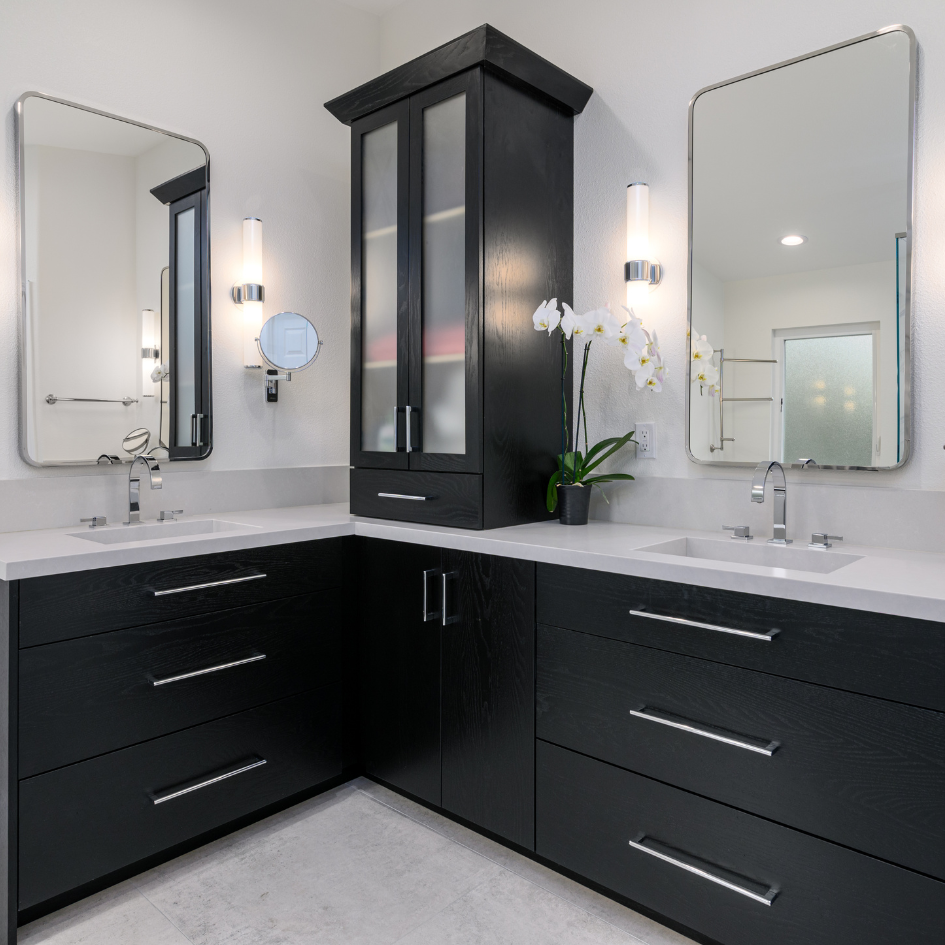
Incorporate Universal Design Principles
Universal design ensures that your bathroom is accessible and functional for people of all ages and abilities. Consider incorporating the following elements:
Walk-In Shower: A walk-in shower with a low or no threshold provides easy access for everyone.
Grab Bars: Install grab bars in the shower and near the toilet for added safety and support.
Lever Handles: Choose lever handles for faucets and doors, as they are easier to use than traditional knobs.
Adjustable Showerheads: Opt for adjustable or handheld showerheads to accommodate different heights and preferences.
Universal design enhances the usability and safety of your bathroom.


Stay Involved and Communicate
Throughout the remodel, maintain open lines of communication with your design-build team. Regular check-ins and site visits will keep you informed of progress, address any concerns, and ensure that your vision is being realized. Staying involved helps prevent misunderstandings and ensures a smooth, successful remodel.
Final Thoughts
Planning a bathroom remodel involves careful consideration of your goals, budget, and design preferences. By following these expert tips and working with a professional design-build team, you can achieve a beautiful, functional bathroom that meets your needs and enhances your home’s value.
If you’re ready to start your bathroom remodel, our design-build firm is here to help. With our expertise, we’ll guide you through every phase, ensuring a beautiful, functional, and expertly crafted space. Contact us today to schedule a consultation!


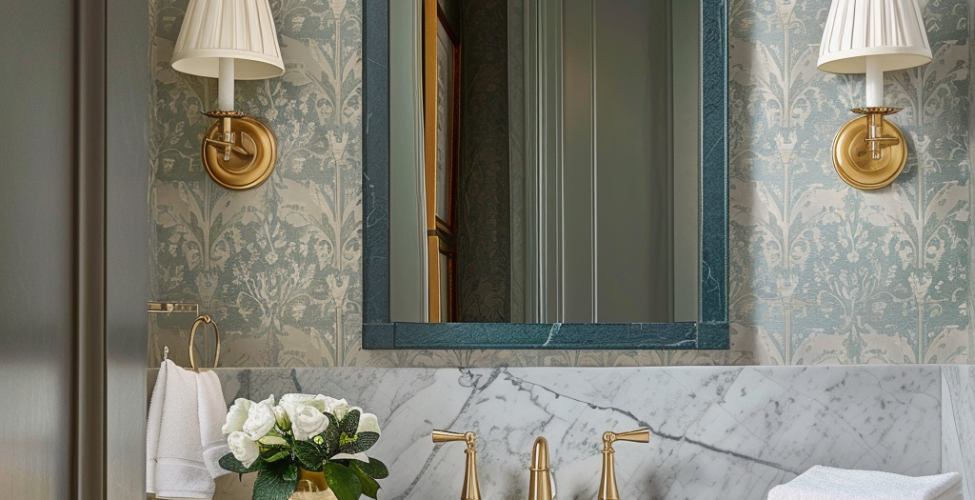
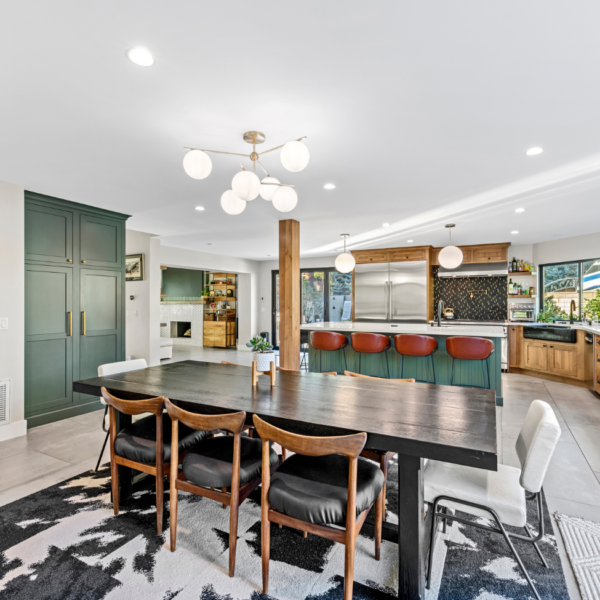
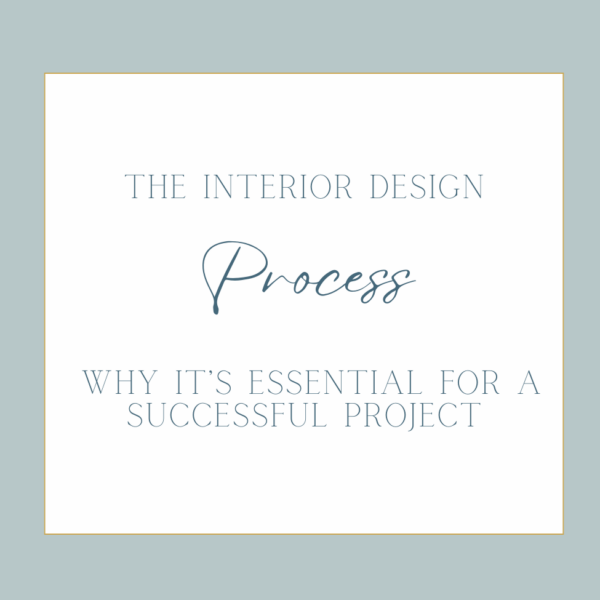
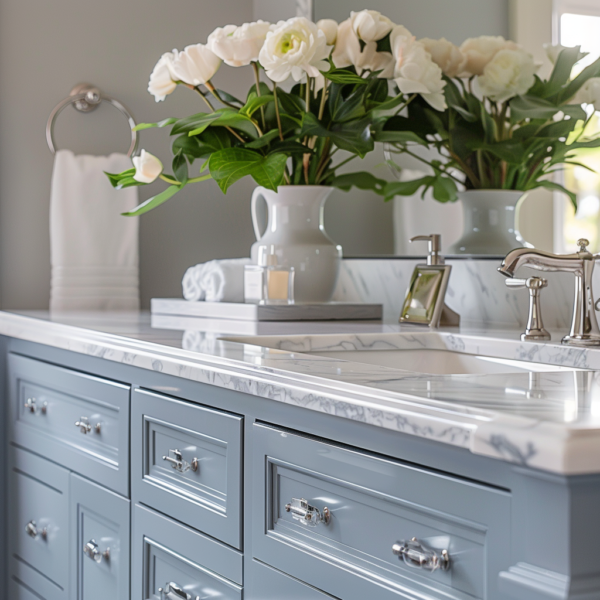

Leave a Reply